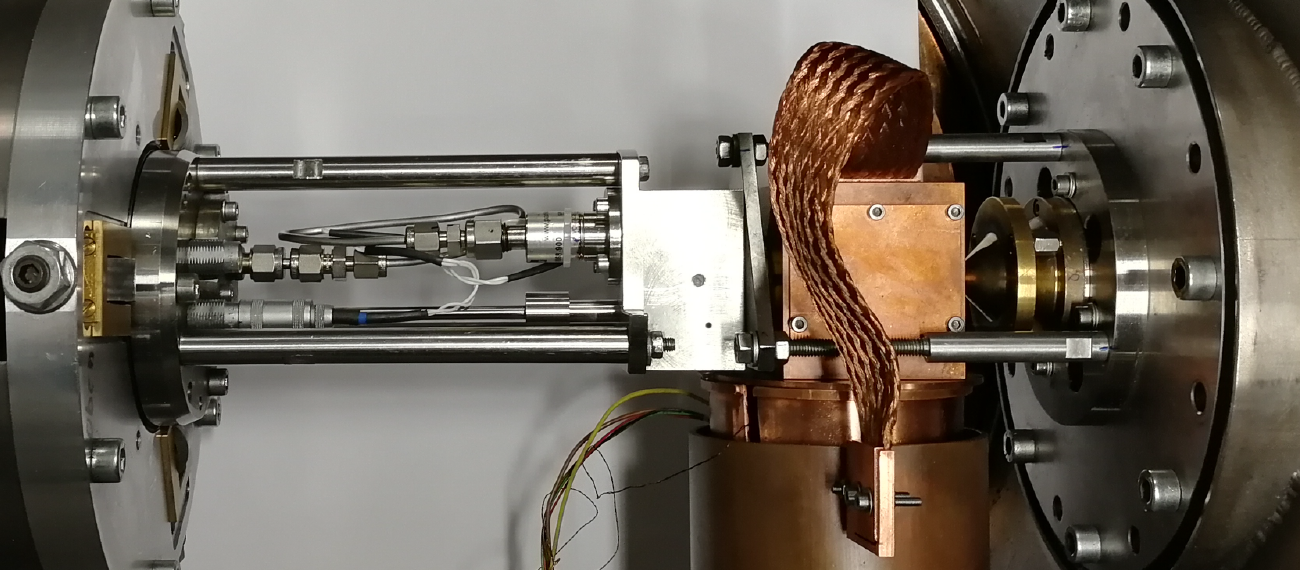The magnetic and dielectric properties of materials are fundamental for many technical applications. Especially in microelectronics and data storage, the focus is shifting to finer nanocrystalline structures, which can be smaller than 100 nm. Clusters containing only a few atoms form the bridge between individual atoms and these nanocrystalline structures. Their properties are mostly defined by quantum effects. However, in contrast to atoms and extended solids these properties are little explored.
Electric and magnetic deflection experiments in combination with time-of-flight mass spectrometry offer a possibility to study the dielectric and magnetic properties of clusters as a function of the number of atoms. For this, the clusters are synthesized in high vacuum to isolate their intrinsic properties from external influences. Particularly, the properties of very small clusters (less than 20 atoms) change apruptly with the number of atoms and their composition.Therefore, it is conceivable to tailor them individually for specific tasks.
Literature
I. M. L. Billas, A. Châtelain, W. A. de Heer, Science 1994, 265, 1682–1684.
S. Schäfer, B. Assadollahzadeh, M. Mehring, P. Schwerdtfeger, R. Schäfer, J. Phys. Chem. A 2008, 112, 12312–12319.
U. Rohrmann, P. Schwerdtfeger, R. Schäfer, Phys. Chem. Chem. Phys. 2014, 16, 23952–23966.
L. Peters, S. Ghosh, B. Sanyal, C. van Dijk, J. Bowlan, W. A. de Heer, A. Delin, I. Di Marco, O. Eriksson, M. I. Katsnelson, B. Johansson, A. Kirilyuk, Sci. Rep. 2016, 6, 19676.


